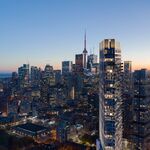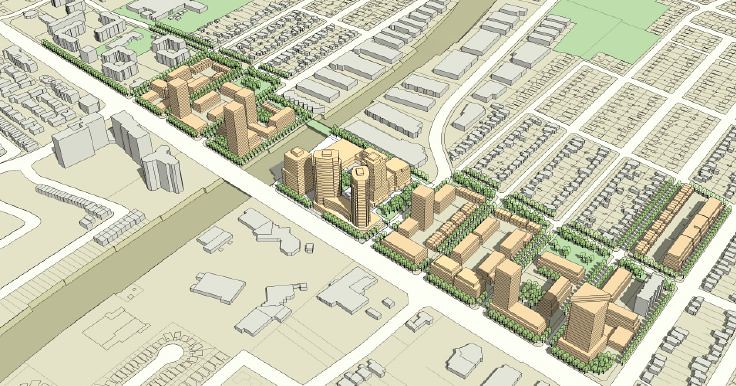Hipster Duck
Senior Member
There is still a fair amount of development to go before we are at a point where the tight availability of land accelerates the process of conversion from low to mid-rise. If anything residential neighbourhoods in the central city are going the opposite way at the moment Hipster Duck. These neighbourhoods are de-populating and re-converting into large single-family homes. It is really a process of un-slumming, it's just that the slums are middle-class slums.
I would describe the current environment in much of the central city outside the downtown core (where you would expect to find mid-rise districts) as transitional. Land valuations at present make current usages unsustainable, while costs and the regulatory environment make densification difficult to work physically and financially.
The reason that lowrise central city neighbourhoods are depopulating is because they're, ironically, very desirable and popular. That is, prices are driven up by their increasing desirability to a lot of people, but only the rich (who tend to be childless, because children cost a lot of money) can afford to live in them. It's a paradox.
But, of course, this paradox belies the fact that a lot of people want to move downtown, they are driving up prices, and one day they may drive up the value of land in a desirable central city area up to the point that a developer can justify buying a few lots, tearing the semis down, and building something at a very high density. We may not be at that point yet, but I think we will be soon. It's not unprecedented: the Upper East Side of New York went from a genteel area of mansions to a genteel area of apartment towers without ever losing its desirability.
I also think that regulatory constraints will become relaxed. As rich and powerful as current lowrise homeowners are, they won't have strength in numbers (especially if those areas continue to depopulate, while neighboring condo areas gain in population), and developers - who are often more powerful than even the most powerful ratepayers associations - will be salivating over the land those homes sit on.







